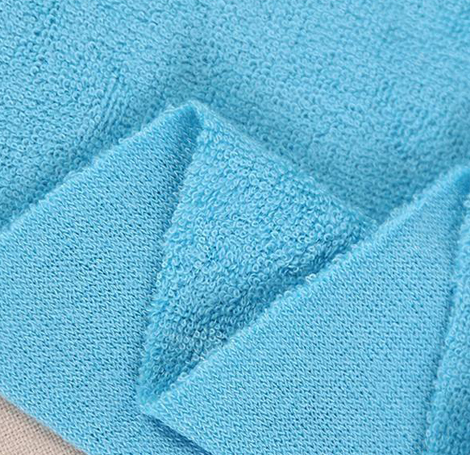Exploring the Performance of Loop Knitting Machines
The textile industry is constantly evolving and technological advancements have played a major role in shaping the industry over the years. One of the most notable advances in the industry was the adoption of circular knitting machines. In recent years, terry knitting machines have gained popularity due to their versatility and efficiency. These machines produce terry cloth, which can be used in a variety of products including towels, bathrobes, and even clothing.
In this blog, we will take a deep dive into the capabilities of terry single jersey machines and how they are revolutionizing the textile industry.
What is a Terry machine?
Circular terry knitting machines are popular machines used to produce terry cloth. These machines have a unique structure and are specially designed for the production of terry fabrics. They consist of a series of needles arranged in a circle and a set of cams that control the movement of the needles.
These machines are of two types: single jersey circular terry knitting machines and double jersey circular terry knitting machines. As the name suggests, a single-sided machine produces a single layer of terry cloth, while a double-sided machine produces a double layer of terry cloth.
Terry Single Jersey Machine & Head
How does a terry knitting machine work?
A terry knitting machine works by creating loops and stacks of yarn. The yarn is fed into the machine, which is then transformed into coils using needles. These loops are then stacked one on top of the other to form loops of terry.
Terry knitting machines have a unique feature to produce pile fabrics. The machine is equipped with extra needles and cams that help form the pile. The height and density of the pile can be adjusted by controlling the speed of the machine and the size of the needle.
What are the advantages of the loop machine?
Terry knitting machines offer several advantages over traditional weaving, including:
1. Faster production speed: The terry knitting machine can produce terry cloth much faster than the traditional loom. This is because the machine can produce multiple layers of fabric at one time, saving time and increasing efficiency.
2. High quality: Terry knitting machines produce high-quality terry fabrics with excellent dimensional stability. This means that the fabric retains its shape and size even after multiple washes.
3. Versatility: Terry knitting machines can produce a wide range of fabrics, from light to heavy, and even fabrics with different pile heights and densities. This makes them ideal for producing a wide variety of products.
4. Cost-effective: Terry knitting machines are more cost-effective than traditional looms, especially when producing small batches of fabric. These machines require less human labor and are less expensive to maintain, saving money in the long run.

Terry Single Jersey Machine Fabric
Application of terry machine
Circular terry knitting machines are used in a wide range of applications including:
1. Towels: terry knitting machines are mainly used for the production of towels. These machines can produce towels with varying pile heights and densities, which can translate into varying degrees of softness and absorbency.
2. Bathrobes: Bathrobes require soft and water-absorbing fabrics, and circular terry knitting machines are ideal for producing such fabrics. These machines are able to produce fabrics with different pile heights and densities, which allow the production of bathrobes with different softness and thickness.
3. Clothing: Terry fabrics are increasingly used in the clothing industry. The fabric is soft, durable and highly absorbent, making it ideal for tracksuits and other activewear.
In Conclusion
Terry circular knitting machines have revolutionized the textile industry by providing a more efficient and cost-effective way of producing terry fabrics. These machines offer several advantages over traditional weaving machines, including faster production speed, high quality, versatility and cost-effectiveness. With the growing demand for terry fabrics for various applications, circular terry knitting machines will continue to play an important role in the growth and development of the textile industry.